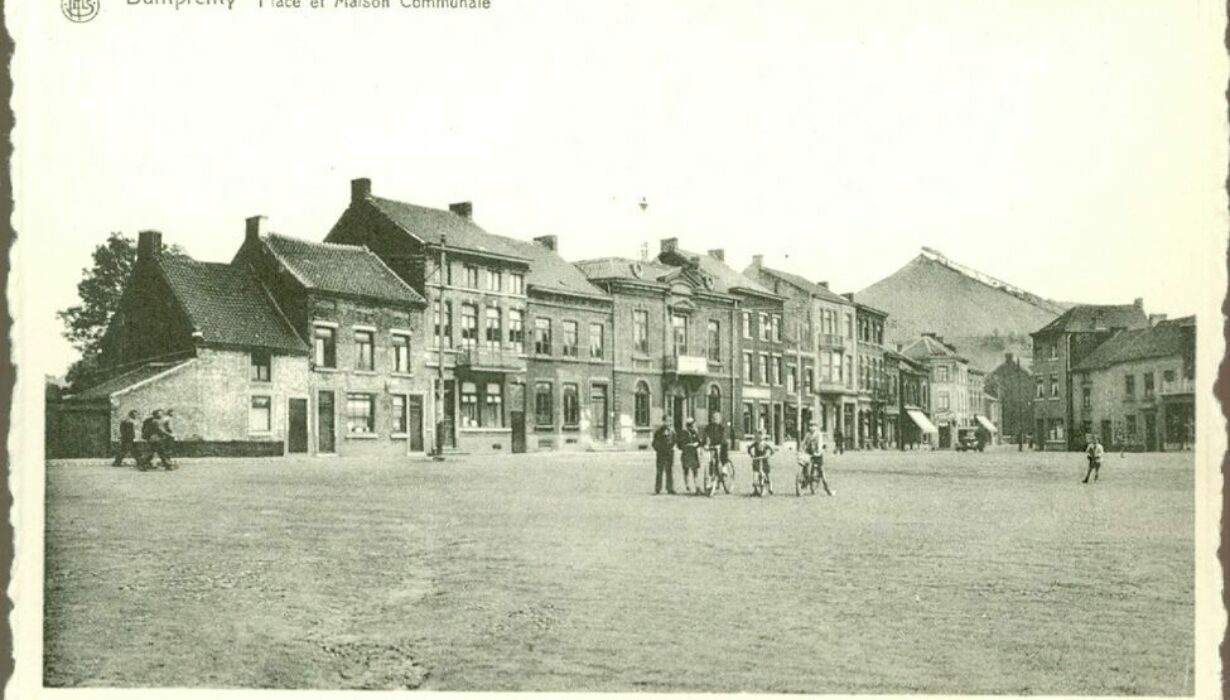
Origin
From “tèrri” to “terril”
The slag heaps, or terrils, are mounds of geological spoil resulting from coal mining activity. They are mainly made up of shale, carbonaceous sandstone and other industrial waste. Over time, this accumulation of spoil has formed artificial hills near the coal mines. They have taken on different shapes throughout the centuries and depending on the location: flat, conical, tabular or mixed.
Even in medieval times, the Walloon word “tèrri” meant the mound of stone extracted from a mine. The spelling “terril” gained popularity in France in 1906, the year of the Courrières disaster. A Parisian journalist wanted to find out how the word was spelled, and a miner is said to have told him that it was written with an “il” at the end. This anecdote explains the addition of the “l” to the word. However, no link has been made to the etymology of the French word “stérile”.
The slag heaps have made their mark on the landscape at the border and have slowly become symbolic of a strong coal mining industry with a history dating back two centuries. The imagine of the “Pays Noir” (“Coal Country”) had a long-lasting effect on the economic model of the region and on society, becoming an almost indelible part of its heritage.